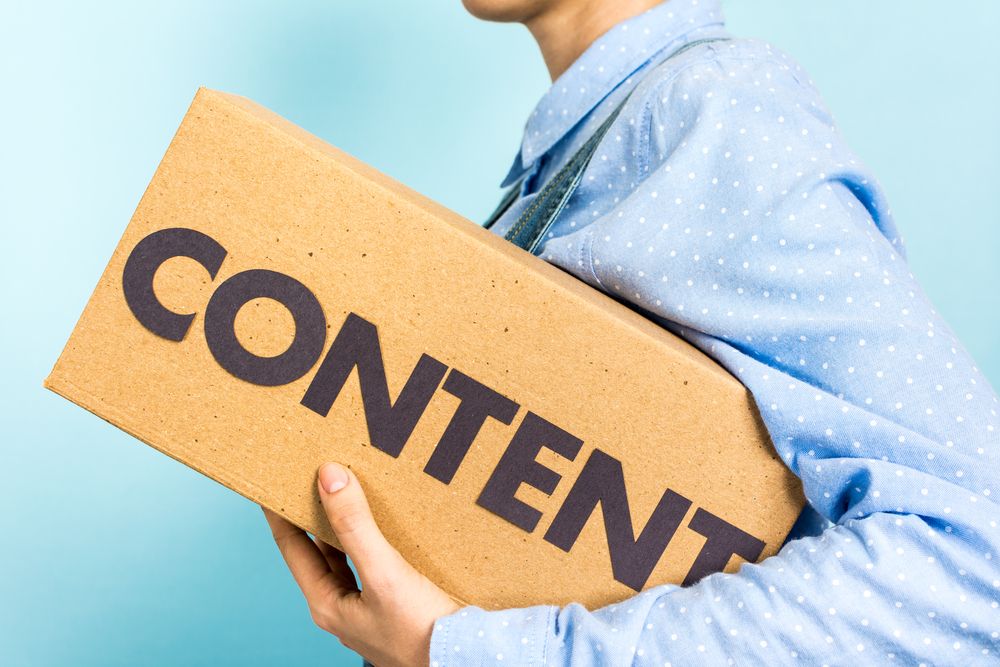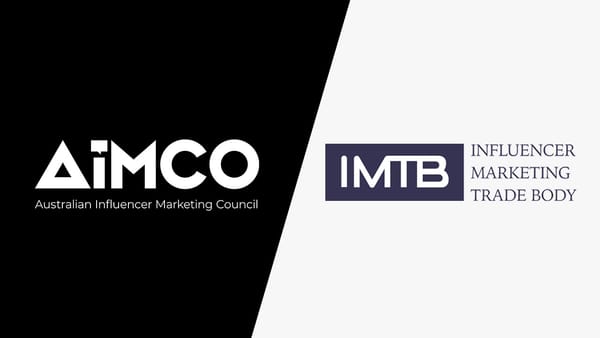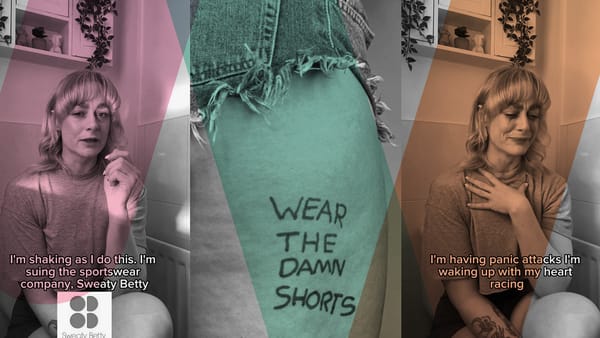Today, every brand relies on digital content to deliver personalised and relatable experiences to consumers. Digital creators like influencers and celebrities are revolutionising how that content is being produced and distributed.Gone are the days of using the same agency, the same assets, and the same distribution channels for every campaign. Consumers today have grown up in an increasingly diverse world, and they expect the same diversity from the content that brands put in front of them. Consumers are tired of mass messaging from repetitive brand ads that were the natural outcome of centralised content production and cheap distribution. So, advertising needs to be personal. As a result, marketers are turning to digital creators to power the future of marketing, a future that is more diverse and relatable. The boom in creator content has led to a democratisation of content production, helping to combat issues of ad fatigue, one-size-fits-all messaging, and consumer distrust. While the industry around digital creators has blossomed over the past few years, it has the same issues that most early industries have. Lack of transparency, information asymmetry, and inability to measure tangible results have led to a wild wild west for brands, agencies, and creators alike. There is no shortage of great companies and tools that exist to automate the workflows around identifying creators and getting content created. In the “State of Influencer Marketing 2019” report, Influencer Marketing Hub estimated that 550 new platforms and influencer marketing agencies opened in the past three years. However, there is a glaring problem that no one is addressing: transparency around how creator content is distributed and used.
The industry is fragmented and broken
There is a monumental disconnect today between creators and marketers. There is no standardised way to discuss how content is used, where it is shown, how it can be modified, and what a successful return on investment looks like. On top of this disconnect, there is an even bigger issue. When creators are featured in the content they produce, they don’t have visibility into how their content and their likeness are being used. On the other side of this coin are advertisers who don’t have visibility into the data and permissions required to maximize the effectiveness of creator content.Understanding usage rights
If you want to know just how confusing and inconsistent the industry is on usage rights, ask a few influencers about “what happens once the content is handed off.” They will tell you that usage rights are loosely mentioned in contracts (if mentioned at all), but often, the language is overly vague or almost impossible to decipher. Understanding content usage rights are paramount for creators. But not everyone – especially micro influencers or those new to the industry – has access to lawyers or talent managers who can review agreements and set expectations. Additional factors that confuse the issue are brands that follow their own set of rules or want something different for each engagement. Leanne Perice, the founder of Music Brand Agency, has heard stories about influencers who accidentally signed contracts with very broad language around usage rights. “In some cases, the influencer may have unknowingly given the brand rights to use their content in perpetuity, which could potentially hurt them down the line if they have an opportunity to work with a competitor who requires exclusivity,” Perice said. In some cases, marketers wrongly assume that when an influencer shares an image, marketers can share, edit, or repurpose the content however they wish. An interesting parallel is the music industry, where a lack of standards for how music metadata is collected and displayed has cost artists upwards of billions of dollars in unpaid fees.
The future of influencer marketing
The future of influencer marketing requires educating both marketers and creators on the importance of content usage rights and distribution – especially as we see influencer content existing on channels far beyond just influencer social feeds. Influencer content can now be seen on product pages, abandoned cart emails, billboards, and even promoted as native ads by advertisers on Instagram. Ask the influencers themselves and almost all of them have no idea how their content is being distributed or what the impact of their content is.As influencer content distribution becomes more fragmented and universal, the influencer industry needs to learn from the music industry and align on a cohesive standard for usage rights and attribution. When such a standard is powered by fully transparent technologies, creators will finally understand how their content is being used, and marketers will be able to measure how influencer content truly impacts consumer behavior across all channels.








